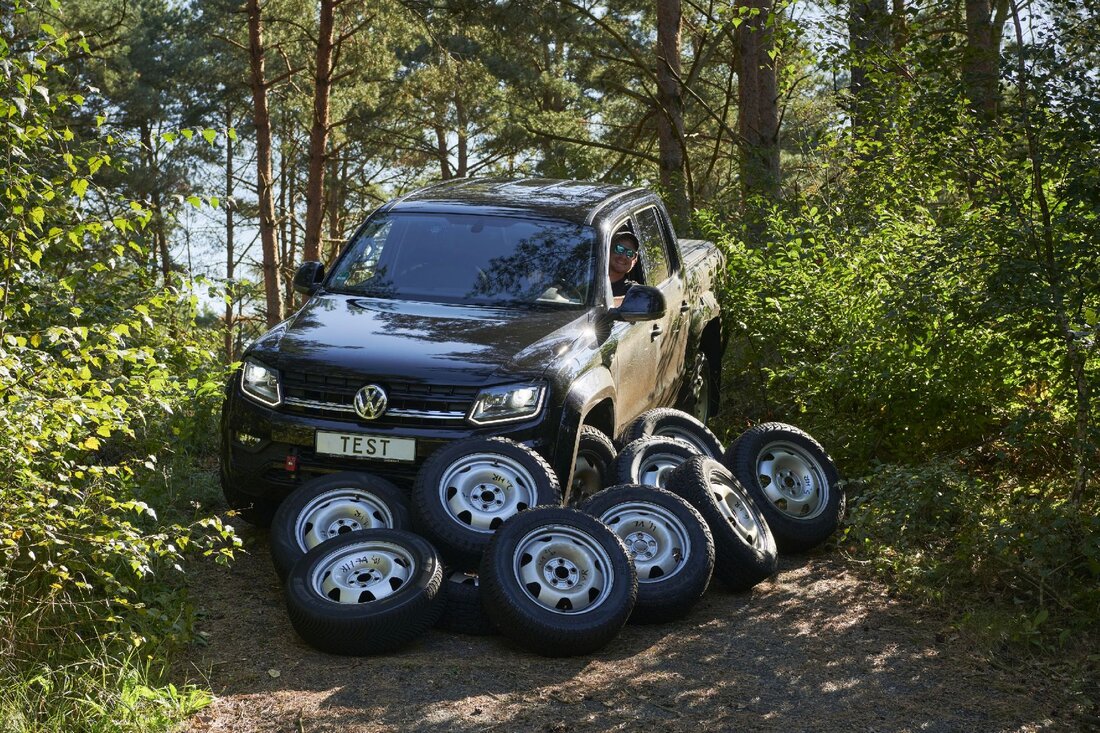No recommendation for all-terrain tires
A current test by the ÖAMTC and its partner organizations with eight all-terrain tires shows significantly longer braking distances than with all-season tires.

No recommendation for all-terrain tires
The profile of all-terrain tires should, on the one hand, offer off-road capability and, on the other hand, enable safe driving on paved roads. The ÖAMTC and its partner organizations tested eight models of size 225/65 R17 106 V with the following conclusion: The product promise is not fulfilled. ÖAMTC technician Steffan Kerbl: "None of the tested products comes close to the all-season tires that we used as a reference. We found some glaring weaknesses, especially when braking on wet roads. There is therefore no explicit recommendation for any of the all-terrain tires tested." The Trail Terrain T/A from BF Goodrich was particularly negative: at 80 km/h on wet asphalt, the test vehicle only came to a standstill after 48.8 meters when braking hard. "The braking distance was 15 meters longer than with the reference tire. For comparison: the best all-terrain tire in this discipline, the Falken Wildpeak, had a braking distance of 39.7 meters," said the ÖAMTC expert. As a consequence of this weak result, BF Goodrich is the only test candidate to fail with “not enough”.
Good off-road mobility
Basically, all-terrain tires are all-season tires: They have the snowflake symbol, so they can be driven in both summer and winter. However, the test results are sobering, especially on dry and wet asphalt. Only on snow-covered roads do two all-terrain tires (Yokohama Geolandar and, of all things, the inferior wet model from BF Goodrich) come close to being an all-season tire. However, that alone is not enough to give an unqualified recommendation: Like any other tire, the off-road version will primarily be used on paved roads. The poor performance on asphalt clearly speaks against the use of all-terrain tires in traffic. But what does it look like off the beaten path? “The most common area of application in this country is likely to be in the camping sector – here improved traction when leaving a meadow can be very helpful,” explains Kerbl. "In this case - and also on gravel - all-terrain models are equal to both all-season and summer tires, and in some cases even superior, in terms of traction and durability. So if you actually plan longer tours into remote areas with unpaved roads, you should consider the robust all-terrain tires simply because of the puncture protection." A viable solution here would be to have one set of wheels available with all-season tires and one with all-terrain tires.

 Suche
Suche
 Mein Konto
Mein Konto